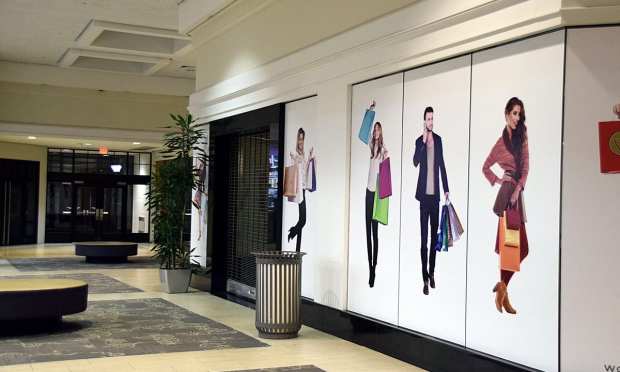As Open-Air Shopping Rises, Malls Feel The Pinch

Is the American mall in crisis mode?
As Reuters reported Friday (July 9), new industry data shows the vacancy rates at indoor malls could come to overshadow those in strip malls and shopping centers in the suburbs.
These figures follow a series of bankruptcies and takeovers that has seen Simon Property Group — which owns the Mall of America and is the largest owner of malls in the U.S. — turn over control of some of its buildings to its creditors.
Even at the worst of the financial crisis in 2009, the situation was not this dire for the largest shopping centers across the globe, per the news outlet, which noted that at that time, the vacancy rate for malls was 5 percent.
In the wake of COVID, the picture is much different. As PYMNTS reported in May, even companies that are seeing growth in sales are reexamining their commitment to brick-and-mortar retail.
Gap, for example, saw significant growth in eCommerce sales in its last quarterly results. The apparel company said recently it plans to close 75 stores this year, bringing roughly three-quarters of the way to its goal of closing 350 American stores in the next two years.
The data Reuters cites — from property consultancy Jones Lang LaSalle — suggests indoor mall vacancy rates will peak at just below 9 percent this year, compared to 7.8 percent for outdoor shopping centers and 7 percent for so-called “power centers,” industry slang for open-air centers built around a big box store such as Target.
But a deeper change could be coming, per the report, with experts suggesting that property owners will invest more in open air locations that make customers feel more relaxed in the wake of the COVID pandemic.
“The demand for space right now is higher than I’ve seen it in 15 years,” said David Lukes, chief executive officer of SITE Centers, which runs more than a hundred power centers and shopping centers.
